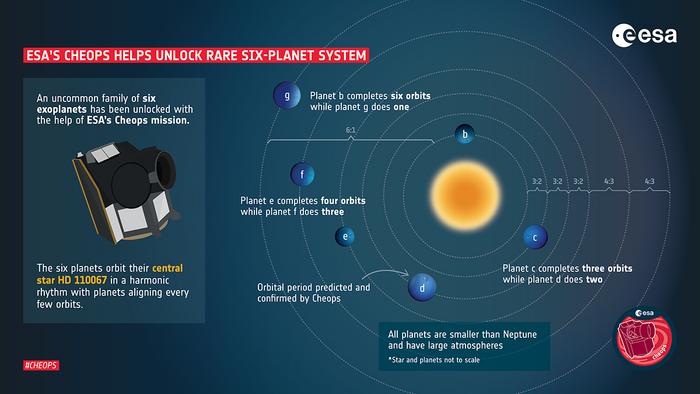-
Hubert Reeves (1932–2023)
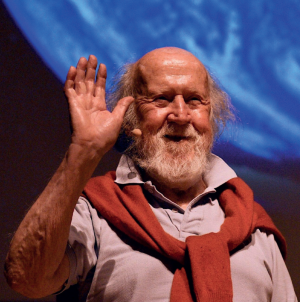
Hubert Reeves, a most renowned astrophysicist for both his scientific accomplishments and outstanding outreach efforts, passed away on 13 October 2023. Hubert Reeves was born in Canada on 13 July 1932 and spent most of his career in France. He was, in my view, the most renowned astrophysicist not only for his contributions in nuclear…
-
Millimetre And Submillimetre Spectroscopy Of Isobutene And Its Detection In The Molecular Cloud G+0.693

isobutene – Wikipedia Isobutene ((CH3)2C=CH2) is one of the four isomers of butene (C4H8). Given the detection of propene (CH3CH=CH2) toward TMC-1, and also in the warmer environment of the solar-type protostellar system IRAS 16293−2422, one of the next alkenes, isobutene, is a promising candidate to be searched for in space. We aim to extend…
-
Astronomers discover a rhythmic family of six exoplanets
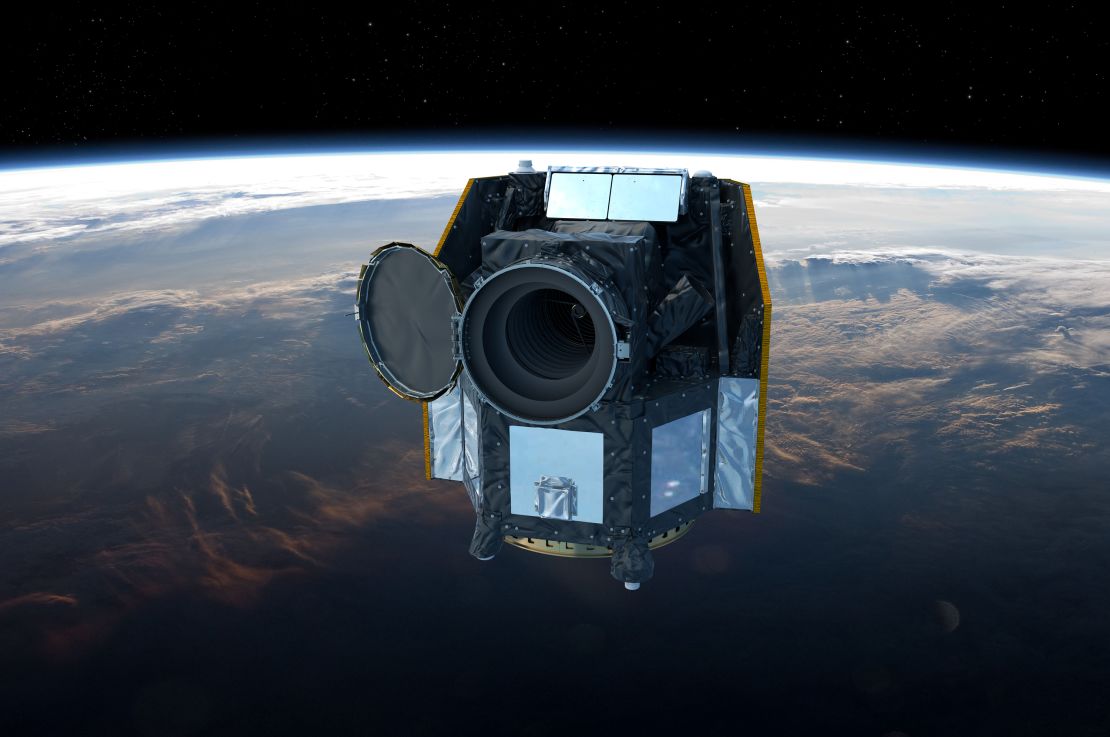
Sign up for CNN’s Wonder Theory science newsletter. Explore the universe with news on fascinating discoveries, scientific advancements and more. CNN — Astronomers have used two different exoplanet-detecting satellites to solve a cosmic mystery and reveal a rare family of six planets located about 100 light-years from Earth. The discovery could help scientists unlock the secrets…
-
Artemis 2 moon astronauts autograph their own rocket 1 year before launch
The next four moon astronauts signed their names Monday (Nov. 27) on a rocket piece that will send them to lunar realms in late 2024, only one year from now. The Artemis 2 crew, amid moon training, put their signatures on the adapter for their Orion spacecraft, which will be mounted on top of the…
-
An astronomical waltz reveals a sextuplet of planets
image: A rare family of six exoplanets has been unlocked with the help of ESA’s Cheops mission. The planets in this family are all smaller than Neptune and revolve around their star HD110067 in a very precise waltz. When the closest planet to the star makes three full revolutions around it, the second one makes…
-
Pittsburgh – How a Steel City is Transforming Into a Space City
Want the latest space news? Choose a subscription option. Whether you’re looking for the latest space exploration, business, government, education, technology, policy news, opinions and more, we’ve got you covered. (Try us out for a month before you pay anything.)
-
Howes Receives NASA Grant
Professor Greg Howes has received a grant from NASA to study how shocks in space energize particles. Howes received a NASA Heliophysics Supporting Research grant to support supercomputer simulations and analysis of spacecraft data to better understand how particles in space are accelerated to high energy. For example, the Earth’s bow shocks—shockwaves created when the…
-
Meet the Giant Telescope That May Find Life Elsewhere
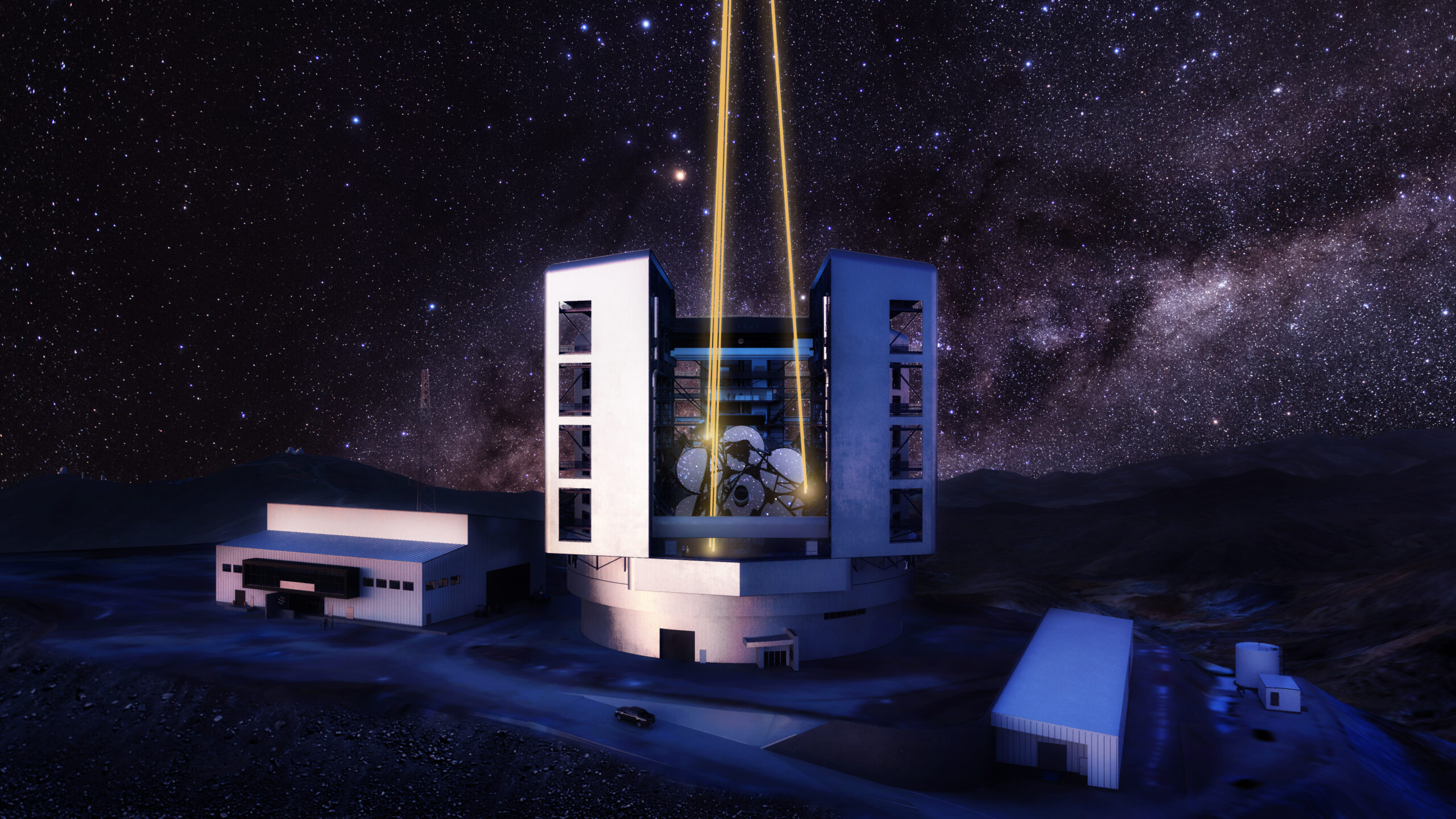
If you drove on the winding road up the Chilean Andes, you’d spot the white specks of distant telescopes peppering the hills. Sometime by the end of this decade, one of those specks will tower above the rest, visible even miles away. Up close, it resembles a rotating luxury apartment complex. Vents taller than a…
-
A stellar runaway
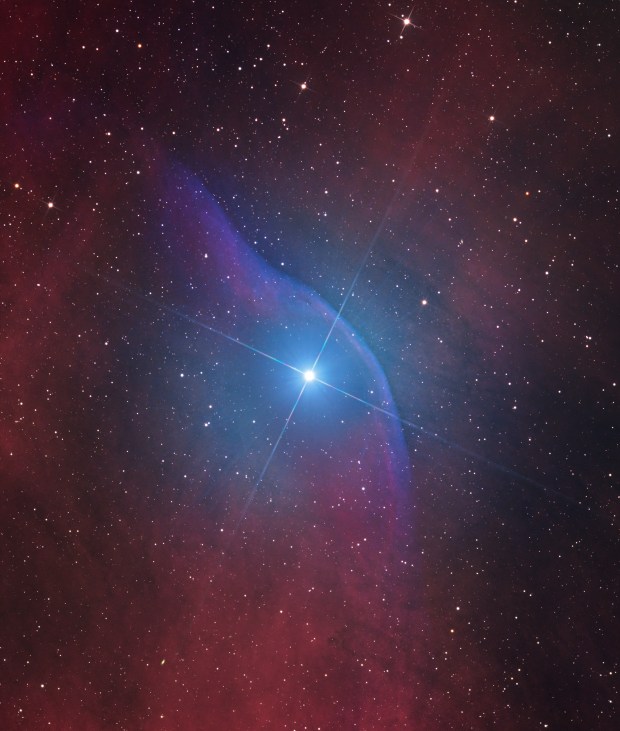
Gerald Rhemann, taken from Farm Tivoli, Namibia The star Zeta Ophiuchi is zipping through space at roughly 19 miles per second (30 km/s), having been ejected from its former system. This creates a shock wave out in front of the star, like the wave off the bow of a ship. This Hα/OII/LRGB image was taken…
-
Astronomers discover disk around star in another galaxy
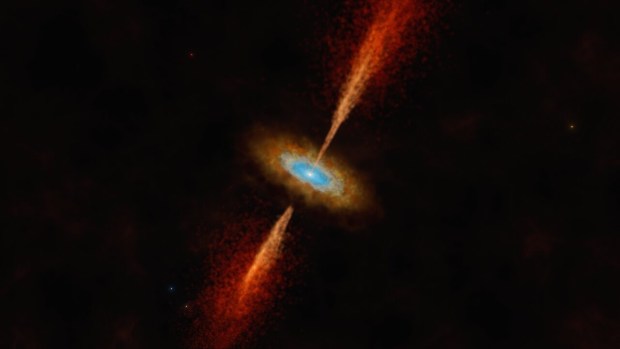
An artist’s impression of the disc and jet in the young star system HH 1177. Credit: The European Southern Observatory (ESO) Astronomers using the Atacama Large Millimeter/submillimeter Array (ALMA) in the Chilean desert have just achieved an impressive astronomical first: Imaging a planet-forming disk around a star in another galaxy. The results of their efforts…
